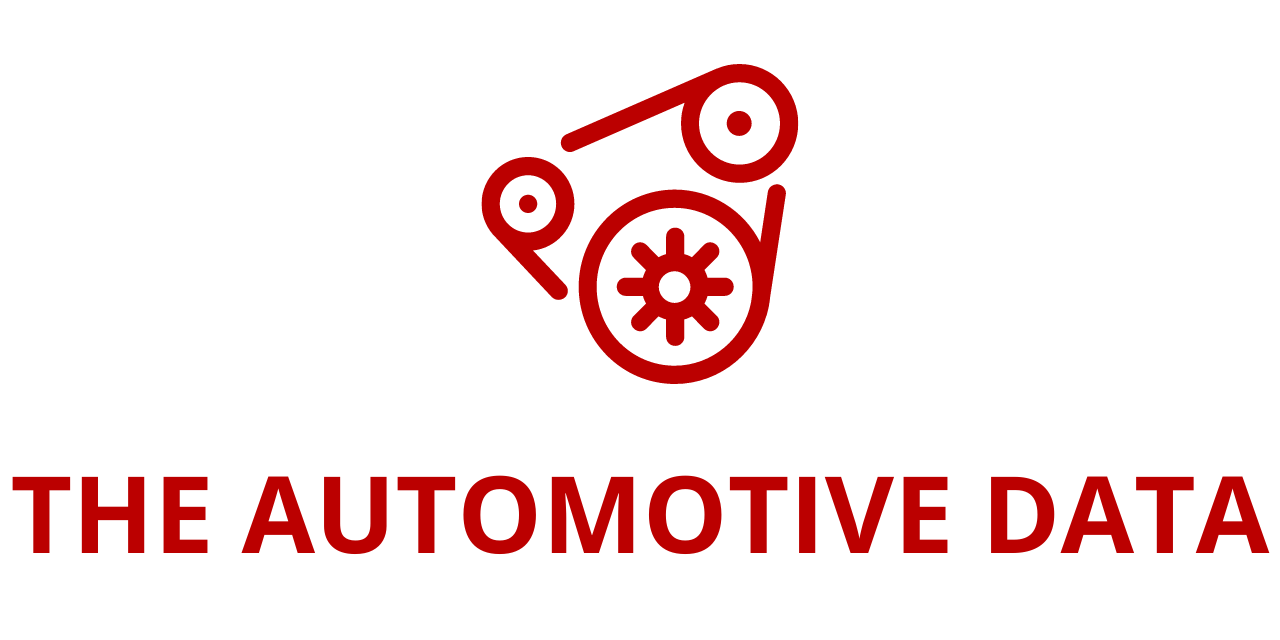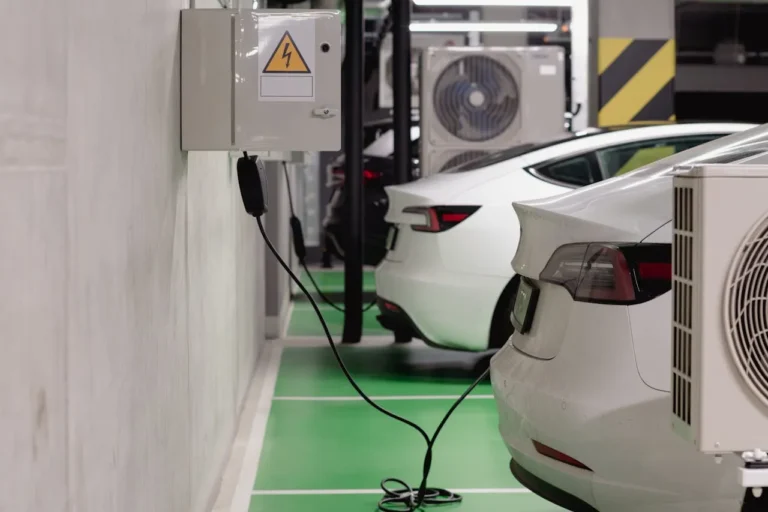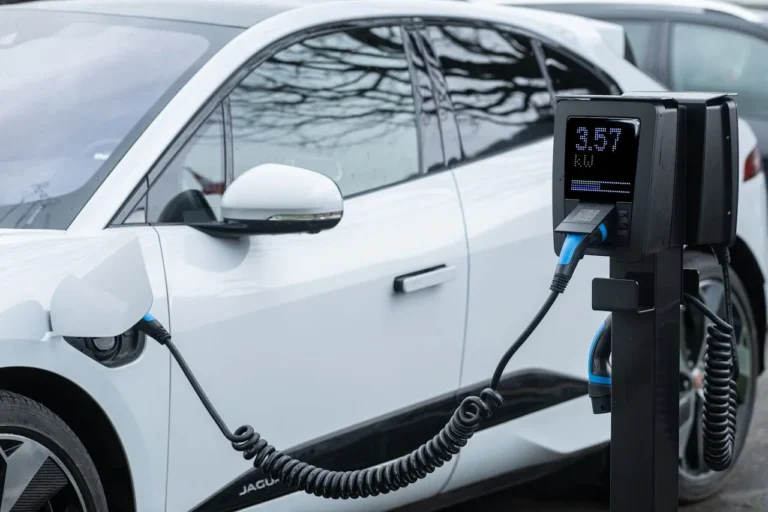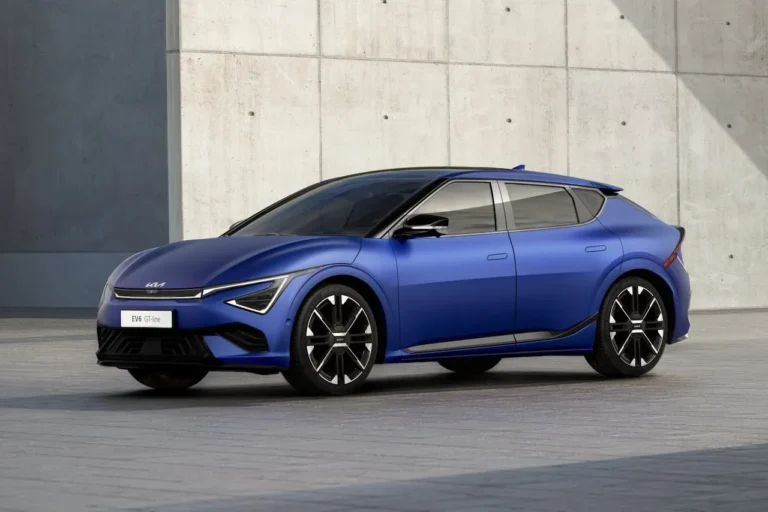
1. Why Charging Doesn’t Have to Be Complicated
Taking delivery of a new EV Charging General Motors electric vehicle (EV) means stepping into a driving experience defined by quiet torque and zero‐tailpipe emissions. Anxious about where or how to keep the battery topped up? Don’t be. Whether you plug in overnight in your own garage or stop for a quick burst of energy on a cross‑country road trip, GM has deliberately designed its charging ecosystem to be straightforward, flexible, and rapidly expanding. This guide breaks down every major aspect—from connector standards to payment methods—so you can drive with confidence from day one.
2. Know Your Connector: CCS, NACS, and the Transition Ahead
Just as appliances need the right plug to fit a household outlet, EVs require a connector compatible with their charge port. In North America, two plug families dominate:
- CCS (Combined Charging System). Most GM EVs currently on the road use a CCS inlet that combines the traditional J1772 AC pins with two additional DC pins for fast charging.
- NACS (North American Charging Standard). Popularized by Tesla, NACS integrates AC and DC pins in a single, slimmer design.
Today, if you already own a Chevrolet, Cadillac, GMC, or BrightDrop EV, odds are you have that familiar combined CCS/J1772 port. But the landscape is changing quickly. GM announced in 2023 that it would shift new models to NACS starting in the 2025 model year. The forthcoming 2026 Cadillac OPTIQ and performance‑oriented OPTIQ‑V will ship with a native NACS inlet capable of both high‑power DC fast charging and slower AC home charging out of the box.
To ease the transition, GM Energy will release certified adapters later this year. They’ll let current CCS‑equipped owners charge on NACS hardware (and vice versa) without fuss. For now, because the vast majority of GM vehicles still use CCS, that’s the standard we’ll reference throughout this guide.
3. Home Charging: Your Most Convenient and Cost‑Effective Option
Why charge at home? Roughly 80 percent of all EV charging in the U.S. happens in garages and driveways. Electricity rates are typically lower off‑peak, you’re not competing for public stations, and plugging in overnight means you begin each morning with a “full tank.”
Level 1: The Easy “Trickle”
- Voltage: 120 V (standard household outlet)
- Typical speed: 3 – 5 mi of range per hour¹
- Equipment: Portable charge cord, included with many GM EVs
Level 1 is as plug‑and‑play as it gets. If you work from home, have short daily errands, or simply drive fewer than about 30 miles a day, the slow but steady trickle of a 120‑volt outlet can cover your needs. Better yet, you can take the cord on weekend trips and top up wherever you can access a common receptacle.
Level 2: The Sweet Spot
- Voltage: 240 V
- Typical speed: 7 – 40 mi of range per hour¹ ²
- Equipment: Dedicated 240‑V plug‑in adapter or hard‑wired wall unit
GM offers a 240‑V adapter that swaps onto the same cable used for Level 1. If your garage already has the matching outlet (think clothes‑dryer or RV plug), you can quadruple or even octuple charging speed the very first night you bring the car home. For a more permanent, faster solution, GM Energy sells two wall‑mounted chargers:
- GM PowerUp 2 Charger – A no‑frills workhorse sized for overnight replenishment. A Silverado EV RST First Edition, for instance, can regain ~19 mi of range per hour of charge¹ ².
- GM Energy PowerShift Charger – Adds roughly 32 mi per hour¹ ² and supports bidirectional power flow. Pair it with the GM Energy V2H Enablement Kit and your compatible EV can keep lights on during a blackout, sending energy from its battery back into your properly equipped home³.
Installation Made Painless
Concerns about panel upgrades or permitting? GM Energy’s tech advisors walk you through requirements, then loop in trusted installers like Qmerit. You get a single point of contact from initial quote to final inspection, ensuring the charger is commissioned correctly and safely.
Saving Even More with Your Utility
GM Energy collaborates with regional electricity providers to lower costs and strengthen the grid:
- Vehicle‑to‑Home (V2H) Pilot with PG&E (California). Your EV can someday power critical loads during outages while also helping utilities shave peak demand⁴.
- “Free Charge Nights” Plan with Reliant (Texas). Enroll and enjoy off‑peak rates that make overnight charging nearly cost‑free.
4. Public Charging: Power Beyond the Driveway
There will be times you venture beyond your battery’s single‑charge comfort zone—family vacations, business trips, or simply days filled with unexpected detours. When that happens, the public network steps in.
The Growing Footprint
GM customers can already access over 250,000 chargers across North America. That total includes stations built with partners such as EVgo, Pilot Company, and ChargePoint, plus the new IONNA Rechargery network—a joint venture between GM and six other automakers aiming to deploy 30,000+ high‑speed stalls. Add in a GM‑approved NACS adapter, and more than 21,500 Tesla Superchargers also come online for compatible vehicles.
Level 2 vs. DC Fast
- Level 2 Public Chargers – Common in malls, parking decks, hotels, and workplaces. Perfect for multi‑hour stops: catch a movie, shop, or attend meetings while adding a reliable chunk of range.
- DC Fast Chargers – Deliver direct current at up to hundreds of kilowatts. Under ideal conditions, some GM EVs can recoup 100 – 200 miles in the time it takes to grab coffee—roughly 15–30 minutes¹. Highway corridors hosting Pilot + EVgo or IONNA sites make cross‑country adventures realistic and stress‑free.
5. Finding and Planning Charging Stops
Modern GM EVs ship with built‑in Google Maps and an intelligent route planner that:
- Calculates remaining range in real time
- Pins compatible stations along your path
- Filters by plug type, charging speed, availability, and even on‑site amenities
Prefer your phone? Chevrolet, Cadillac, GMC, and BrightDrop brand apps replicate—and in some cases enhance—those features. They integrate charger status, pricing, and an “add stop” wizard so you can craft a seamless itinerary before you ever back out of the driveway.
6. How to Use a Public Charger Step‑By‑Step
- Stay aware. Pull into a clearly marked EV stall, scan surroundings, and set the parking brake.
- Open the charge door. On CCS cars, remove the lower rubber cap if you intend to DC fast charge.
- Insert the connector. A firm “click” locks it in place.
- Watch the indicator ring. Blue pulses signal the vehicle is handshaking with the charger; solid green confirms energy is flowing. A red ring points to an error—check the machine or your app for details.
For Tesla Superchargers, clip a GM‑certified NACS‑to‑CCS adapter to the cable first, then plug in as usual.
7. Paying for Power: From Swipe to “Plug and Charge”
Guest swipe: Many stations mimic a gas pump—tap your credit card and go.
Network apps: Create an account with EVgo, ChargePoint, or another network, store your payment card once, then activate sessions via QR code or Bluetooth handshake.
Unified GM app experience: Link your EVgo, Pilot Flying J, IONNA, and ChargePoint credentials inside your vehicle brand’s mobile app. You’ll benefit from single‑sign‑on convenience, consolidated receipts, and consistent loyalty rewards.
Plug and Charge: The ultimate goal is zero steps. After enrolling in Plug and Charge within the GM app, your vehicle cryptographically identifies itself to participating chargers. You simply plug in; authentication and billing happen automatically in the background. The feature is live at many North American stations and expanding steadily.
8. Wrapping Up a Charging Session
When your battery reaches the target state of charge—whether that’s 80 percent for a quick top‑off or 100 percent before a long haul—the car will stop accepting current and unlock the connector. You can also end the session manually from:
- The charger’s touchscreen
- Its companion smartphone app
- The “Charging” page on your vehicle’s infotainment display
Finally, unplug, replace any protective caps, close the charge port door (the car will beep thrice if you forget), and resume your journey.
9. Takeaways: A Seamless Future
From easily installed 240‑volt home chargers that can power your house in a blackout, to interoperable adapters enabling access to virtually every fast‑charging plaza in the country, GM and GM Energy have laid out a clear roadmap: charging should be as routine as refueling, but cheaper, cleaner, and more connected.
As the shift to the North American Charging Standard accelerates, as grid partnerships reward off‑peak habits, and as Plug and Charge becomes ubiquitous, owning a GM EV will only get simpler. Master the basics outlined above, and you’ll spend less time thinking about kilowatts—and more time enjoying quiet, instant‑torque motoring wherever the road leads.






